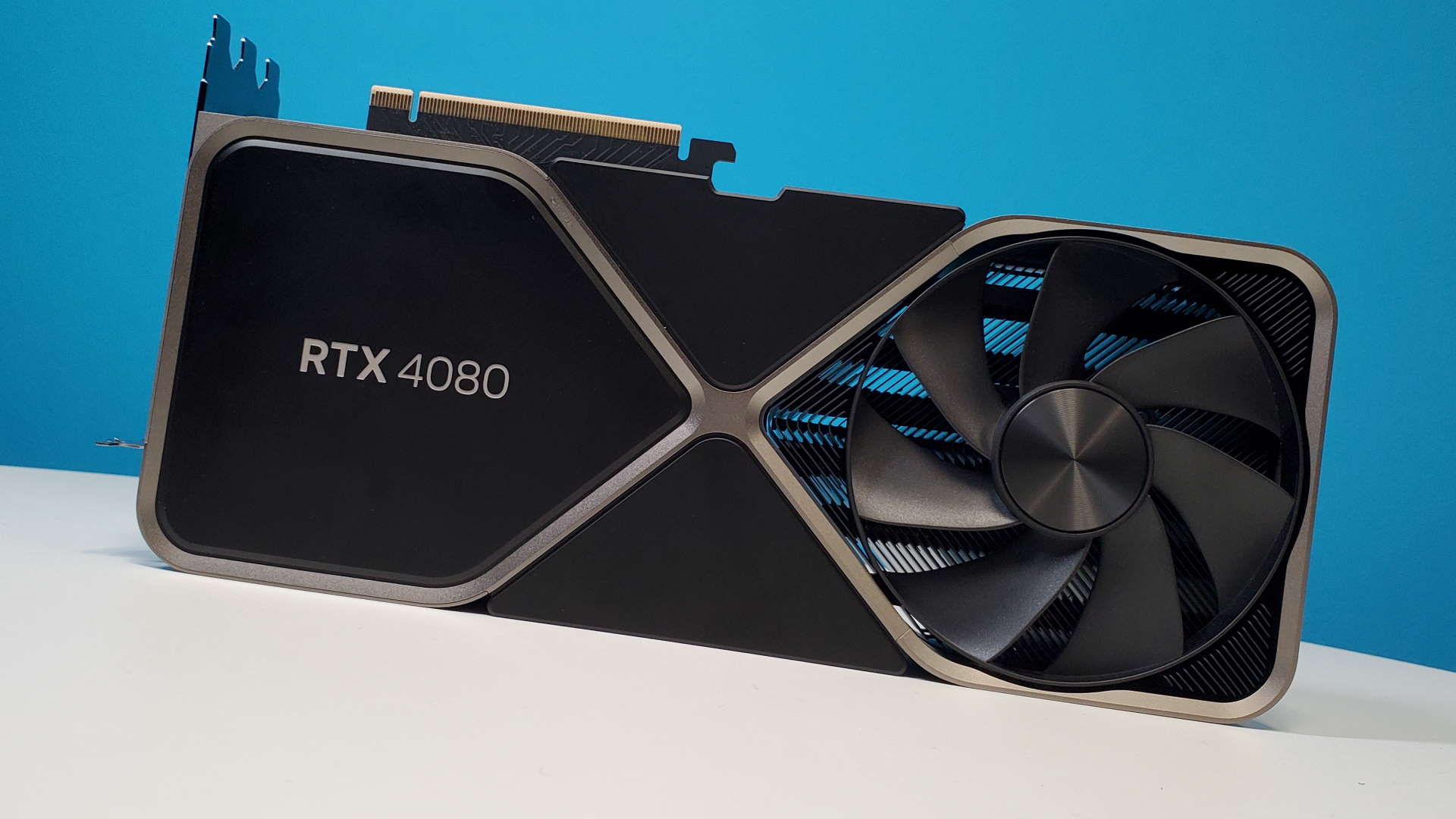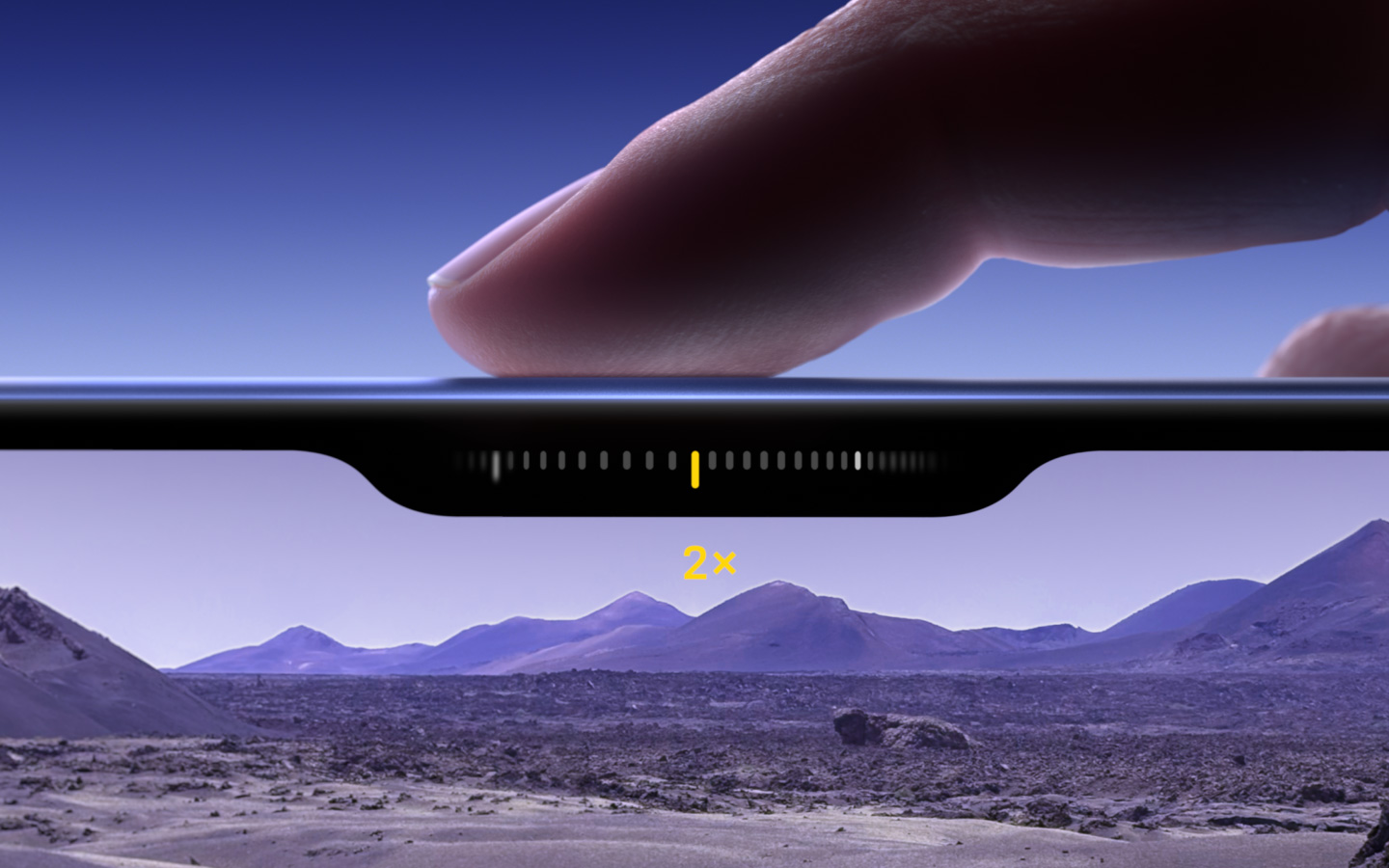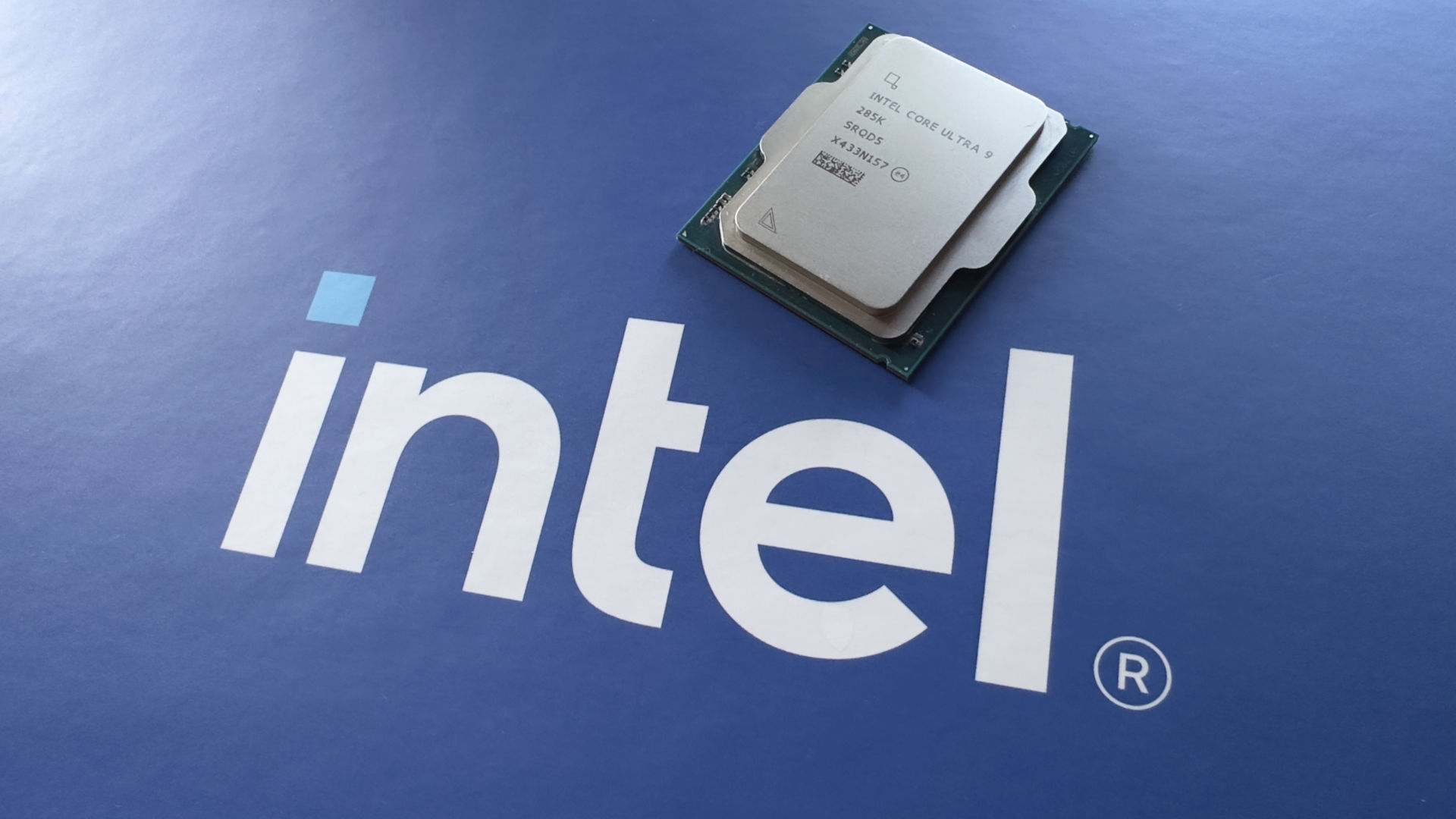I love this period of time in GPUland. You know the one I mean, it’s between the point when AMD and Nvidia have released the main chip designs using the latest architecture and the start of the refresh season. It’s easy to tell when it’s that moment, because tech news channels are awash with leaks about what’s forthcoming. So let’s take a look at the rumours and make up our minds about it all.
Most of the gossip has been focused on a refresh of the RTX 4080, in the form of faster Super model. Nvidia’s been doing this for a long time now and you only have to look at the past three architectures to see what I mean. For the old Pascal era, the GTX 1080 Ti came out in March 2017, about ten months after the GTX 1080 launched.
It was the same time gap between the RTX 2080 Super and RTX 2080, though just eight months separated the RTX 3080 and RTX 3080 Ti. The GeForce RTX 4080 was announced towards the end of September 2022, so if we assume Nvidia is going to follow a similar timeline, then a Ti or Super variant of the card should appear between May and July 2024.
Although we don’t know the exact sales figures, the RTX 4080 wasn’t a massive hit, mostly because its MSRP of $1199 was a little too close to the $1599 RTX 4090. Essentially, if you were already going to spend a massive amount of money on a graphics card, then you might as well go all out and get the fastest GPU around.
There’s a sizeable performance difference between the RTX 4080 and RTX 4090. When Dave tested the former last year, the RTX 4090 was around 33% faster on average at 4K, and 40% faster in the F1 22 benchmark. So there’s definitely room for an RTX 4080 Super to slot somewhere in between the two.
So what would the card’s specifications need to be in order for it to be 15% to 18% faster than the vanilla RTX 4080? One simple way would be just to cherry pick the best performing chips and run them at higher clock speeds, but that alone wouldn’t look particularly enticing. In all previous refreshes, Nvidia either used the full version of the GPU used in the original model or a heavily cut-down GPU from the higher tier.
(Image credit: Nvidia)
For the RTX 4080 Super that means either using a full fat AD103 or a mutilated AD102. However, the version of the former that’s in the RTX 4080, it’s pretty close to being a complete chip already. The AD103 sports 80 SMs (Streaming Multiprocessors) whereas the RTX 4080 uses a variant with 76 SMs, so there’s not much left to enable.
At the same clock speeds, an 80 SM RTX 4080 Super would be no more than 5% faster than the stock RTX 4080, so higher clock speeds would be needed to get the refresh to reach a 15% faster performance.
Alternatively, Nvidia could use the AD102 which has 144 SMs in total. The RTX 4090 uses a version with 128 of them enabled, so even more could be switched for an RTX 4080 Super. For example, an AD102 with 86 SMs, running with the same clocks as an RTX 4080 would be up to 15% faster. And because the larger chip has more memory controllers than the AD103, an RTX 4080 Super could also use a wider memory bus than the RTX 4080 for even more performance.
The only problem with that scenario is that the AD102 is big. Like, seriously big. At 609mm2, its area is 61% times larger than the AD103’s, which means Nvidia receives far fewer of those chips from TSMC’s custom 4N manufacturing process. This wasn’t an issue for the RTX 3080 and RTX 3080 Ti (both used the hulking 649mm2 GA102) because Samsung’s old process node was a lot cheaper.
(Image credit: Nvidia)
That said, Nvidia uses an AD102 with 100 SMs for the workstation RTX 5000 Ada Generation card, which suggests an even more cut down version could be used for the RTX 4080 Super. That particular model also has a number of the memory controllers disabled so the total memory bus is only 256-bits wide, the same as the RTX 4080.
This would result in the RTX 4080 Super still being a 16GB graphics card and given that AMD’s Radeon RX 7900 XTX offers 24GB (and a lower MSRP), sticking to that amount of VRAM probably wouldn’t go down to well with the tech press and PC gaming enthusiasts. It is actually more than enough memory for gaming so it wouldn’t necessarily be a bad thing.
I personally feel that the RTX 4080 Super (or Ti, if you prefer) will use the AD102, as there’s not enough scope left in the AD103 to give the refresh the performance boost it needs to stand out. I suspect that it will have somewhere between 80 and 100 SMs, probably towards the lower of the two to help the chip’s clocks reach a decent level.
If it does, then I expect the amount of L2 cache and total memory bus width to be the same as that in the RTX 5000 Ada Gen card: 74MB and 256-bits. Nvidia could use Micron’s fastest GDDR6X, which runs at 24Gbps, giving a total memory bandwidth of 768GB/s, around 7% more than the RTX 4080.
(Image credit: Future)
Best CPU for gaming: The top chips from Intel and AMD.
Best gaming motherboard: The right boards.
Best graphics card: Your perfect pixel-pusher awaits.
Best SSD for gaming: Get into the game ahead of the rest.
There’s one last thing to talk about and that’s the price. I can’t see it being cheaper than the RTX 4080 but Nvidia might launch the refresh at the same $1199 MSRP. Would that make it a better purchase than the original; would 15% more performance be worth it?
Perhaps, as the RTX 4090 is 33% more expensive than the RTX 4080, so if the RTX 4080 Super is closer in terms of speed but a good deal cheaper, then it may just tempt a few buyers who had been holding off getting an upgrade due to Nvidia’s prices.
Time to place my bets. I hereby rumour-pronounce that the RTX 4080 Super will have 88 SMs (11,264 shaders), 352 TMUs, 128 ROPs, a boost clock of 2,550 MHz, a 320W power limit, and 16GB of VRAM on a 256-bits memory bus. Tweets schmeets, this is how you stir the pot.











